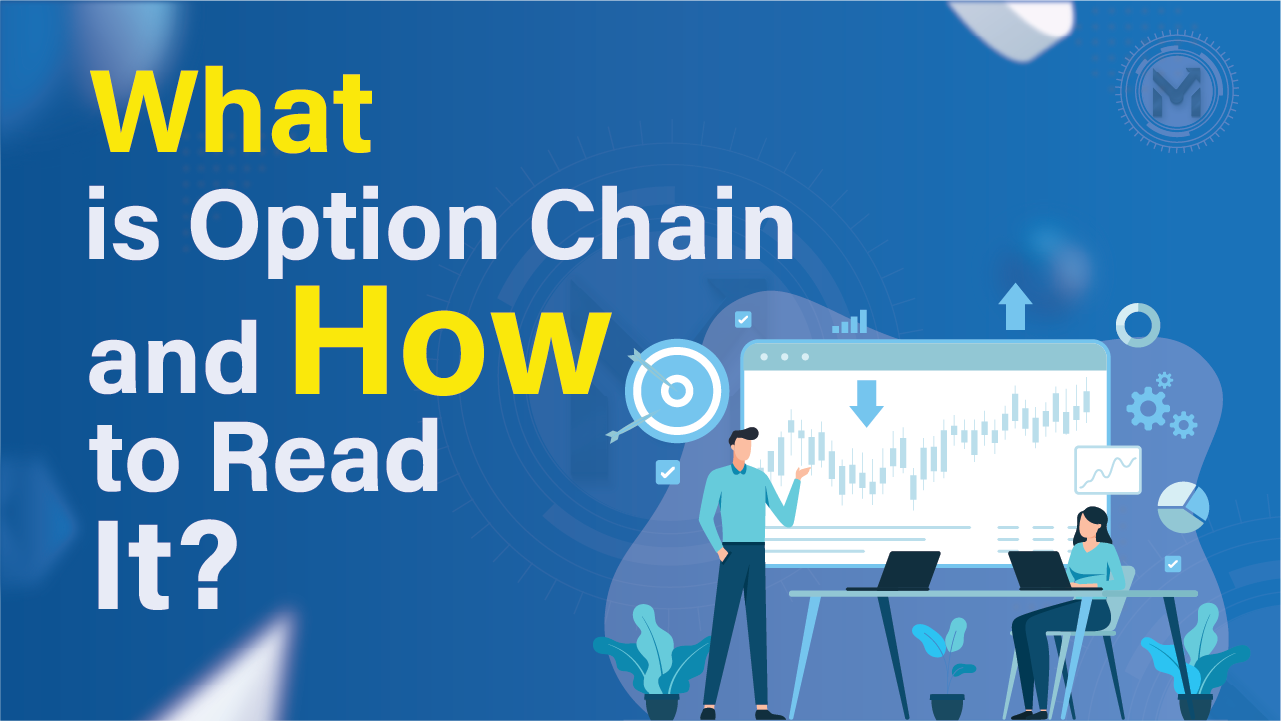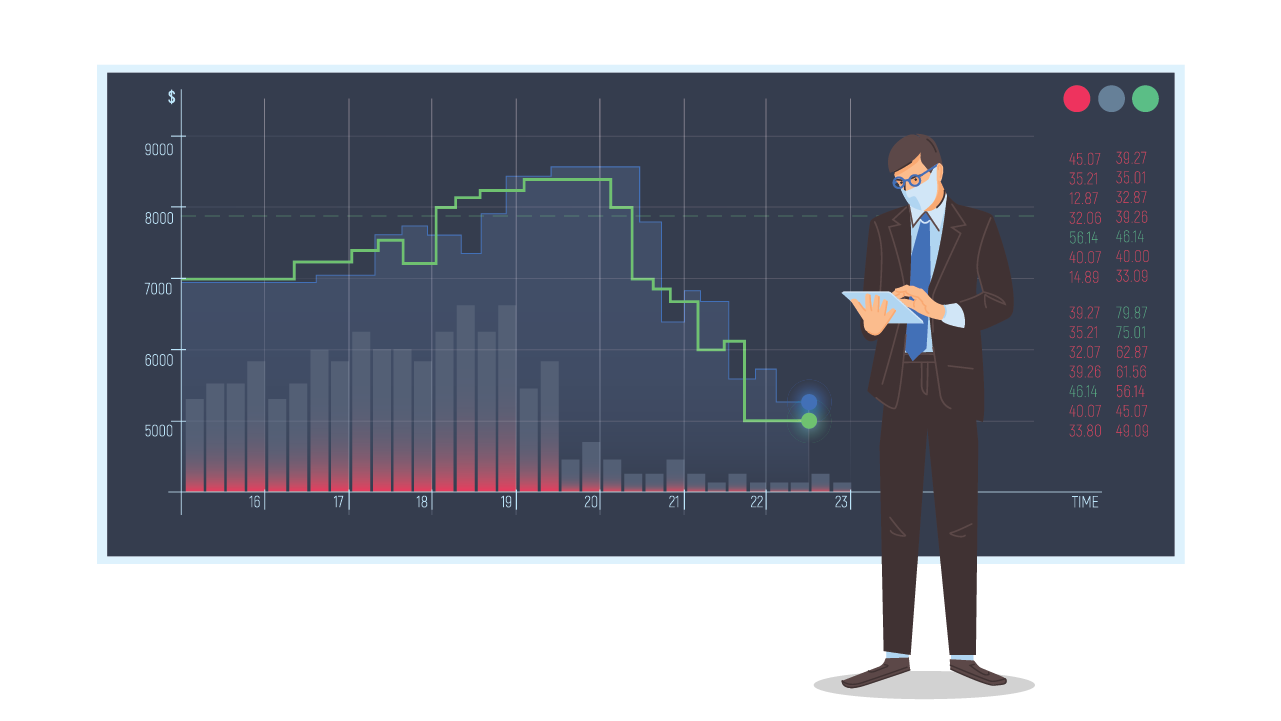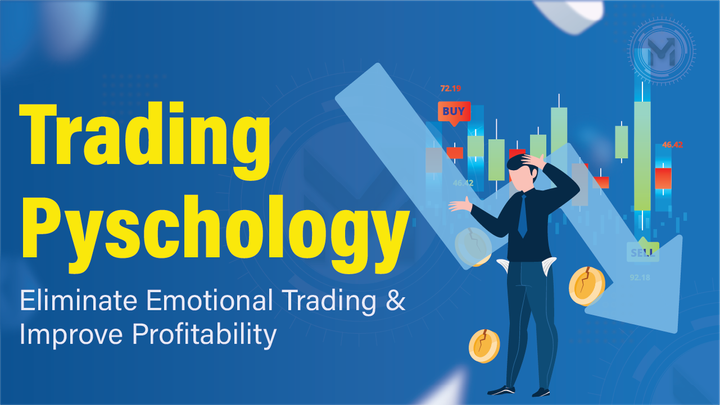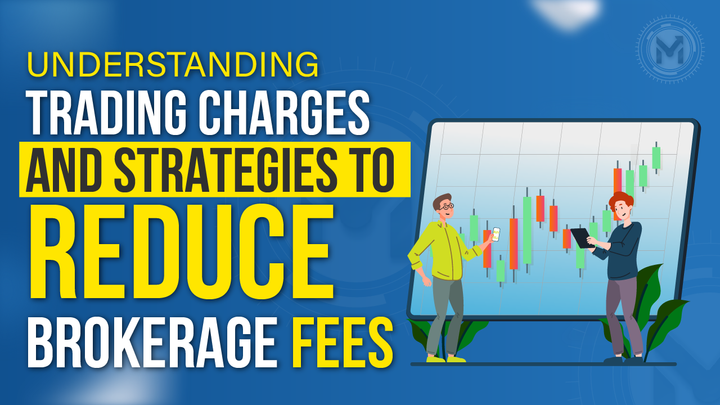What is Option Chain and How to Read It
Option chain data offers deep insights into market sentiment, support and resistance levels, and trading activity. This guide explains how to read option chains step by step and shows how tools like QuantMan can enhance your strategy with real-time analysis and automation.

In today's fast-paced market, options trading has become a popular strategy among retail and professional traders. One of the most powerful tools in an options trader's arsenal is the option chain. However, knowing how to read option chain data correctly is what separates smart traders from the rest.
This comprehensive guide will assist you in understanding what an option chain is, how to read it step by step, and how to utilise this information. Additionally, you will explore ways to enhance your trading performance using the option chain information in QuantMan.
What is Option Chain?
An option chain (or option matrix) is a tabular listing of all available call and put options for a particular stock or index. It shows critical data such as strike prices, premiums, open interest, and volume for each contract. Understanding how to read this table is the first step toward analyzing market sentiment and identifying trade opportunities.
How to Read Option Chain

Reading an option chain involves evaluating various columns that provide real-time market information. Here’s how to break it down:
1. Option Types
There are two basic types of options:
- Call Option: A call option gives the buyer the right, but not the obligation, to buy an underlying asset at a pre-agreed strike price on or before the expiry date.
- Put Option: A put option grants the buyer the right, but not the obligation, to sell the underlying asset at a specified strike price within a defined time period.
These are the fundamental building blocks of all option strategies.
2. Strike Price
The strike price is the agreed-upon price at which the underlying asset can be bought (in case of a call option) or sold (in case of a put option). It acts as the reference point for determining whether an option is in-the-money (ITM), at-the-money (ATM), or out-of-the-money (OTM).
3. Moneyness: ITM, ATM, OTM
- In-The-Money (ITM): A call option is ITM when the underlying's market price is above the strike price. A put option is ITM when the market price is below the strike price.
- At-The-Money (ATM): The option is ATM when the strike price is nearly equal to the current market price of the underlying asset.
- Out-Of-The-Money (OTM): For a call option, this means the strike price is above the market price; for a put option, it’s when the strike price is below the market price.
These classifications help traders evaluate risk and potential profitability.
4. Last Traded Price (LTP)
The LTP is the most recent price at which a specific option contract was executed on the exchange. It provides an immediate sense of how much the option is currently worth in the market.
5. Bid and Ask Price
- Bid Price: The maximum price a buyer is willing to pay for the option.
- Ask Price: The minimum price a seller is asking to receive.
A tighter spread between the bid and ask prices often indicates high liquidity and active participation in that particular option contract.
6. Bid and Ask Quantity
- Bid Quantity: Refers to the total number of open buy orders placed for a specific strike price.
- Ask Quantity: Indicates the total number of open sell orders placed for the same.
These numbers help determine current demand and supply at each strike level, giving insight into trader sentiment.
7. Open Interest (OI)
Open interest represents the number of open and outstanding contracts for a given strike and expiry that have not been settled. High OI at a certain level indicates where most traders are focusing their positions. Rising OI along with price movement may indicate trend continuation.
8. Change in Open Interest
This reflects how the OI has changed compared to the previous trading session. A positive change suggests new positions are being opened, while a negative change often indicates traders are closing or squaring off positions. Monitoring this helps assess whether the market is building or unwinding momentum.
9. Volume
Volume shows the number of contracts traded during the day for a specific strike price. It resets daily and offers a view into the current trading activity. Higher volume typically correlates with higher liquidity and tighter spreads.
10. Implied Volatility (IV)
Implied Volatility measures the market's expectation of how much the underlying asset could move over a certain period. A higher IV suggests the market expects significant price swings, often due to events like earnings or news announcements. As IV rises, so does the option premium, even if the underlying price remains stable.
Using Option Chain Data to Analyze Market Sentiment
Reading option chain data helps you interpret what institutional and retail traders are expecting from the market. Here's how:
- Resistance Level: Look for high call open interest at a specific strike, as it typically serves as a resistance zone.
- Support Level: High put open interest at a strike generally indicates strong support.
- Volume/OI Shift: A shift in volume and open interest can suggest changing market sentiment or momentum.
Power Up Your Strategy with QuantMan
To go beyond basic option chain reading, QuantMan offers advanced tools for retail and professional traders. With its real-time analytics, backtesting capabilities, and a powered strategy builder, QuantMan lets you:
- Visualize live open interest and volume data
- Track unusual activity in specific contracts
- Backtest option strategies on historical data
- Automate trades using pre-defined entry/exit conditions
QuantMan simplifies complex data and helps you act faster with greater accuracy, giving you the confidence to make smarter trades in volatile markets.
Final Thoughts
Mastering option chain data can change how you trade, turning guesswork into calculated decision-making. By understanding how to interpret volume, open interest, IV, and strike activity, you’ll unlock insights that most casual traders overlook. And when paired with a powerful platform like QuantMan, you’re not just reading the option chain, you’re using it to lead the market.



